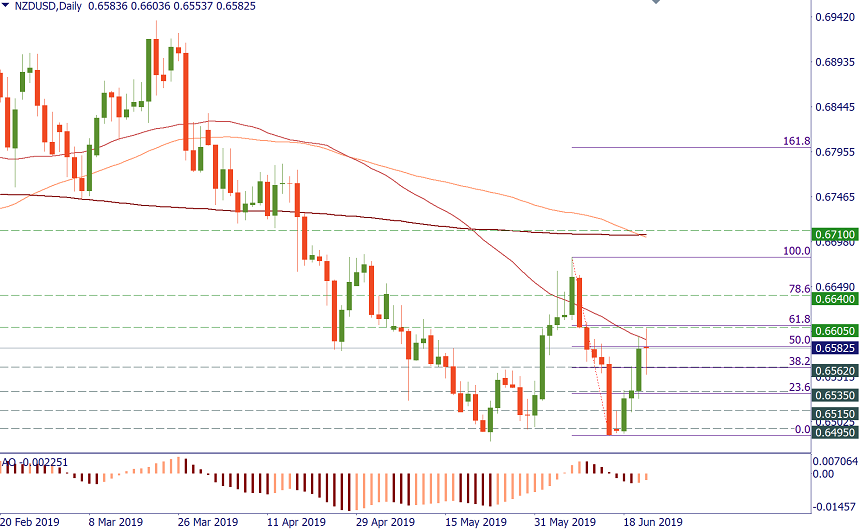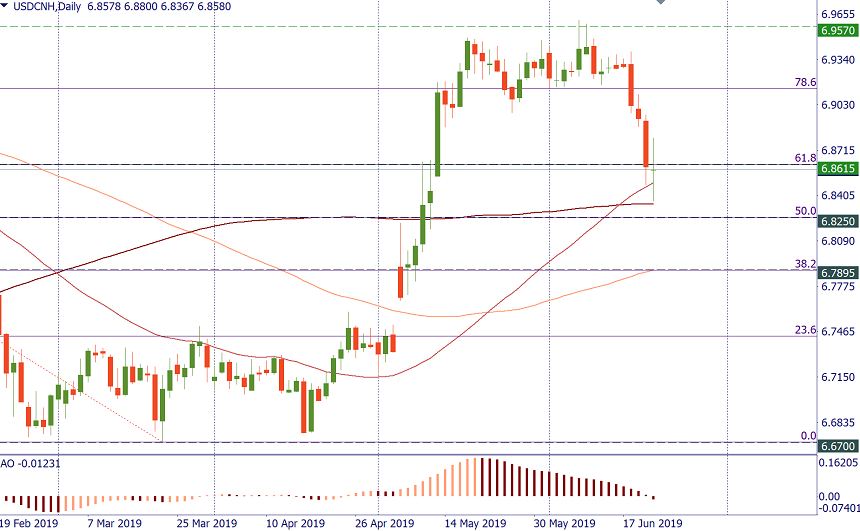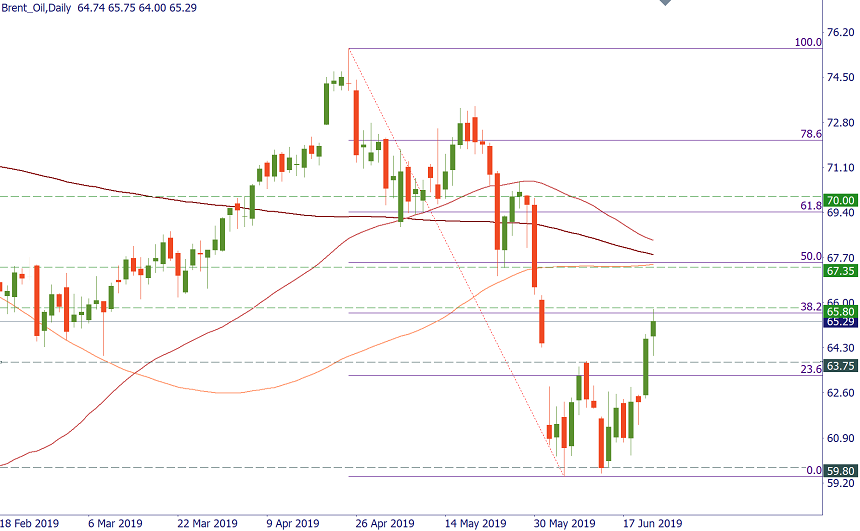
The G20 summit took place in Bali, Indonesia, on November 2022…

Don’t waste your time – keep track of how NFP affects the US dollar!
Data Collection Notice
We maintain a record of your data to run this website. By clicking the button, you agree to our Privacy Policy.

Beginner Forex Book
Your ultimate guide through the world of trading.
Check Your Inbox!
In our email, you will find the Forex 101 book. Just tap the button to get it!
Risk warning: ᏟᖴᎠs are complex instruments and come with a high risk of losing money rapidly due to leverage.
71.43% of retail investor accounts lose money when trading ᏟᖴᎠs with this provider.
You should consider whether you understand how ᏟᖴᎠs work and whether you can afford to take the high risk of losing your money.
Information is not investment advice
The upcoming days are going to contain lots of important economic events. Let’s go through them together in order to prepare for profitable trading.
When: Wednesday, June 26
Instruments to trade: NZD/USD, NZD/JPY, AUD/NZD
According to the consensus forecast, the Reserve Bank of New Zealand will leave its benchmark interest rate unchanged at 1.5% after the central bank cut it in May.
All in all, we can’t expect much optimism from the RBNZ. After all, New Zealand’s economic growth staggered at 5-year low in Q1. Still, according to swaps, the market is already pricing in 42 basis points of additional rate cuts this year. As a result, even if the regulator is dovish, the potential for further weakness in the NZD is limited. On the contrary, if the RBNZ sounds less dovish, the currency will be able to strengthen in the short term.

When: Friday, June 28 - Saturday, June 29
Instruments to trade: USD/CNH, USD/JPY, USD/TRY
The United States and China agreed to meet at the G20 summit. That gave traders hope that the two nations will be able to make some progress in their trade talks and avert the mutual tariffs that are creating risks for the global economy.
In addition, the meeting between Donald Trump and Turkish President Tayyip Erdogan will have a big impact on the Turkish lira. The parties will discuss Turkey’s purchase of Russian S-400 defense systems and the threat of US sanctions.

When: Monday, July 1 - Tuesday, July 2
Instruments to trade: WTI, Brent
The Organization of Petroleum Exporting Countries (OPEC) was to meet on June 25-26. However, the separate OPEC ministerial meeting and the meeting of OPEC and its allies, known as OPEC+, were postponed to July 1-2. The reason for the delay is that Saudi Arabia, Iran, and non-OPEC Russia want to see the results of the G20 meeting.
The world’s leading crude oil producers will have to decide on whether to continue the deal to reduce production by 1.2 million barrels a day (the deal runs out on June 30). The most likely scenario is that that production cuts will be extended. This will have a minor impact on the oil price. However, other outcomes are also possible. If the cuts aren’t extended, the oil will tumble - this will, however, be possible only if the US and China reach a trade deal before the OPEC meeting. On the contrary, bigger cuts will make oil soar.
Notice that oil climbed in the past week due to the growing tensions in the Middle East. Iran shot down an American drone and almost triggered US airstrikes. The US also blames Iran for attacks on two tankers near the Strait of Hormuz. The escalation of the situation is a threat to oil supply and thus positive for the price.


The G20 summit took place in Bali, Indonesia, on November 2022…

The deafening news shocked the whole world yesterday: the British Queen Elizabeth II died peacefully at the age of 96…

After months of pressure from the White House, Saudi Arabia relented and agreed with other OPEC+ members to increase production.

eurusd-is-falling-what-to-expect-from-the-future-price-movement

Greetings, fellow forex traders! Exciting news for those with an eye on the Australian market - the upcoming interest rate decision could be good news for Aussies looking to refinance or take out new loans. The Mortgage and Finance Association Australia CEO, Anja Pannek, has...

Hold onto your hats, folks! The Japanese yen took a nosedive after the Bank of Japan (BOJ) left its ultra-loose policy settings unchanged, including its closely watched yield curve control (YCC) policy. But wait, there's more! The BOJ also removed its forward guidance, which had previously pledged to keep interest rates at current or lower levels. So, what's the scoop? Market expectations had been subdued going into the meeting, but some were still hoping for tweaks to the forward guidance to prepare for an eventual exit from the bank's massive stimulus
Your request is accepted.
We will call you at the time interval that you chose
Next callback request for this phone number will be available in 00:30:00
If you have an urgent issue please contact us via
Live chat
Internal error. Please try again later